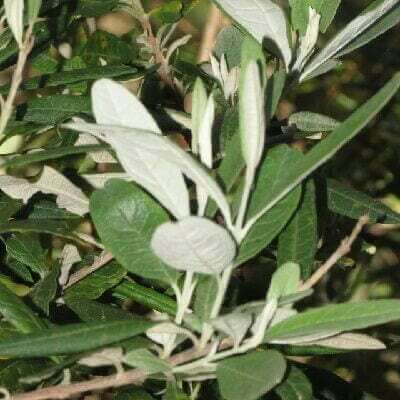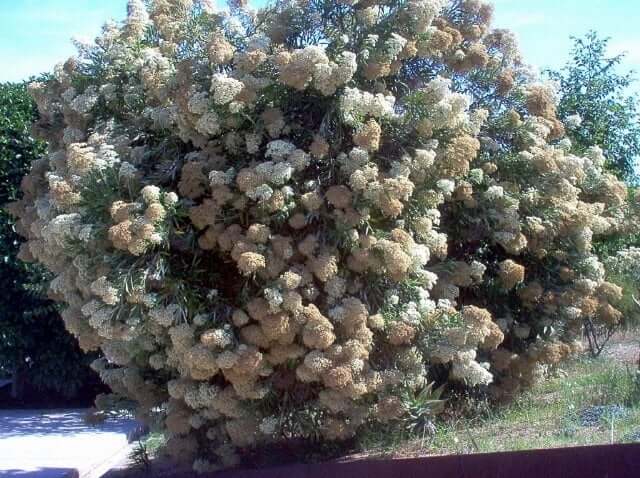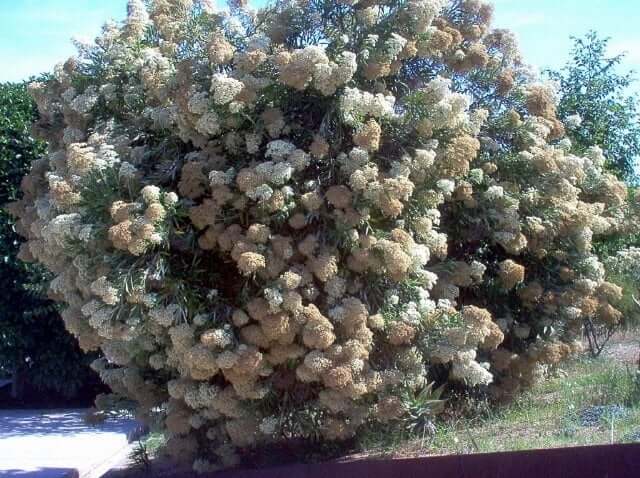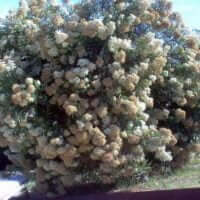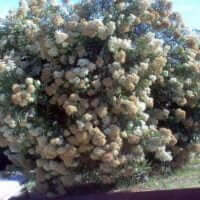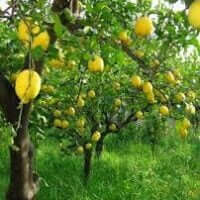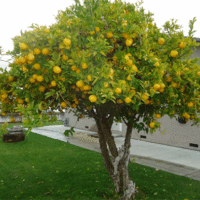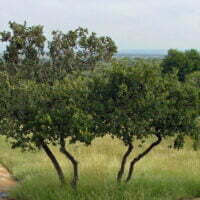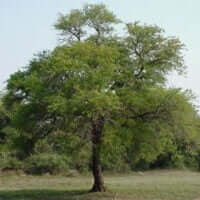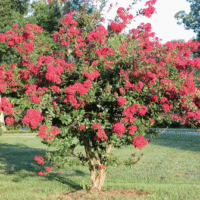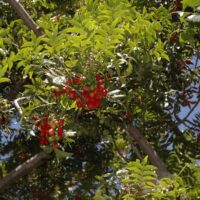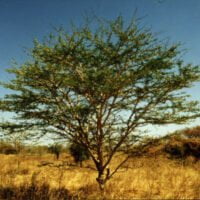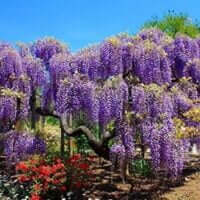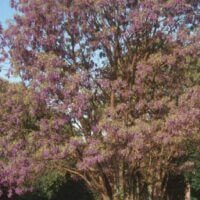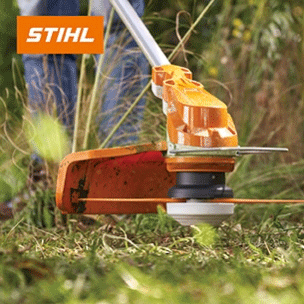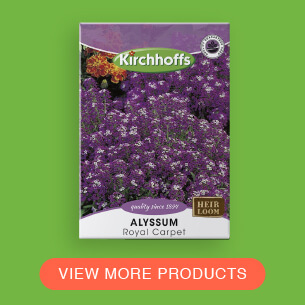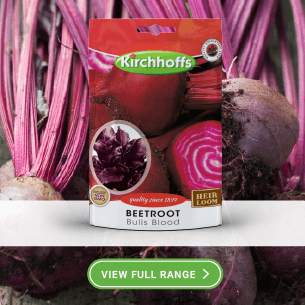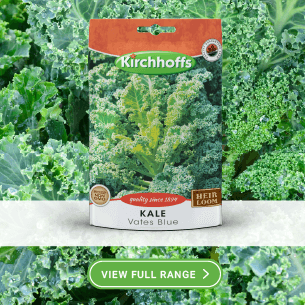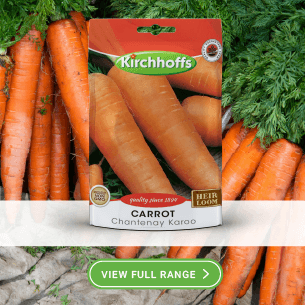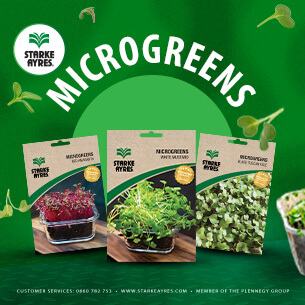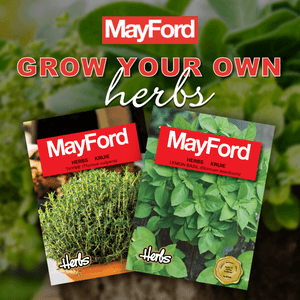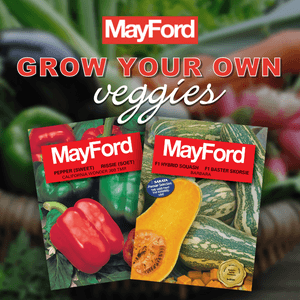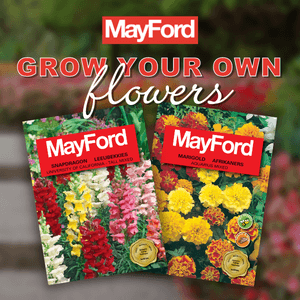| Botanical name | Buddleja saligna |
|---|---|
| Plant Care |  Full Sun Full Sun – Prefers 6 or more hours of sun per day. Frost Hardy Frost Hardy – Can Handle frost without damage.  Low Watering Low Watering – Requires Little Water.  Low Maintenance Low Maintenance – Requires little maintenance.  Indigenous Indigenous – Originates in South Africa. |
| Size | |
| Categories | |
| Flowers | January February October November December A mass of tiny sweetly scented flowers form in creamy white dense coloured clumps during summer. |
| Common name(s) | False olive |
| Origin | |
| Foliage | The shiny leaves of this tree are long, narrow, hairless and coloured dark green the undersides of the leaves are a whitish to silvery grey colour and show obvious venation. |
| Uses in landscape design | A fast grower, it makes a brilliant screen and wind break and is also a good pioneer plant. Alternatively use as a water wise specimen or grown as a hedge. |
| Fruit | The small fruit of this tree are hairy and ovoid shaped. |
| Soil conditions | Tolerates a variety of soil types – Acidic |
| Growth rate | Fast |
| Uses | The roots can be used as a purgative and the foliage to treat colds and coughs. Uses:: Cullinary: Medicinal: yes Cultural: Commercial: Cosmetics: Other Uses: Part Used: Attracts: Features: |
| Wildlife attractions | bees , birds , butterflies , insects |
| Interesting planting ideas | Make sure the wonderfully honey scented flowers and are noticed by planting this Buddleja alongside pathways, seating areas and windows. |
| Interesting info | In Southern Africa these trees where used for various other purposes such as to make small pieces of furniture and fence posts as well as assegai handles all of these uses where due to the very fine grained wood structure of this tree. |
| Propagation | A very easy tree to grow from seed or cuttings. |
| Other languages | Witolienhout (A) Igqeba-elimhlope (Z) Umnceba (X) |
Buddleja saligna (False olive)
- Botanical name: Buddleja saligna
- Common name(s): False olive
- Categories: Trees
Plant description:
This fast-growing evergreen tree, with shiny dark green foliage with a silvery reverse, bears sweetly scented, creamy-white flowers that attract butterflies and bees in summer. It makes an ideal screen plant. Drought resistant.
Family: –
Synonym: –
Botanical Pronunciation: BUD-lee-ah sal-IG-nah
Buddleja saligna requirements and features
info on these icons
Moderate Maintenance
Requires moderate maintenance.
Prohibited Use Notice: No Data Scraping Allowed Except for Search Engine Indexing:
The content provided on PlantInfo.co.za is intended for personal, non-commercial use only. Unauthorized extraction, reproduction, or use of the data, including scraping, for any purpose other than search engine indexing is strictly prohibited. Violations of these terms may result in legal action. By accessing and using this website, you agree to comply with these conditions and acknowledge the legal restrictions on the use of our content.
January February October November December A mass of tiny sweetly scented flowers form in creamy white dense coloured clumps during summer. 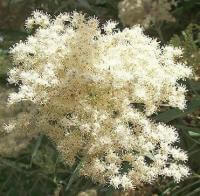
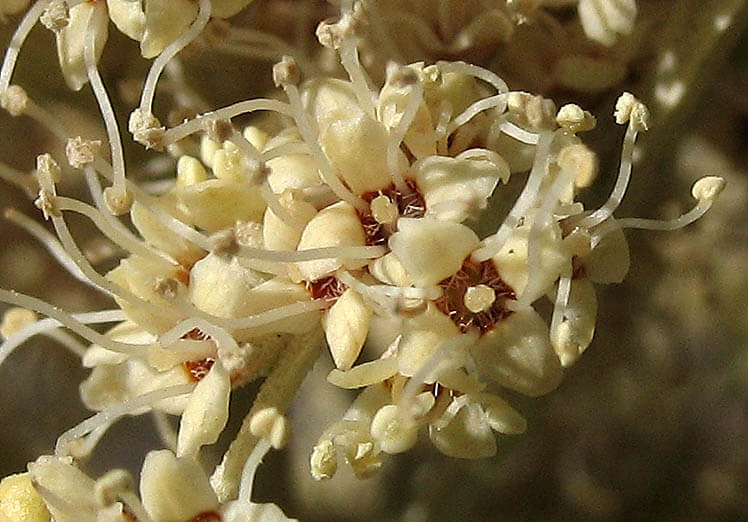
The shiny leaves of this tree are long, narrow, hairless and coloured dark green the undersides of the leaves are a whitish to silvery grey colour and show obvious venation.
